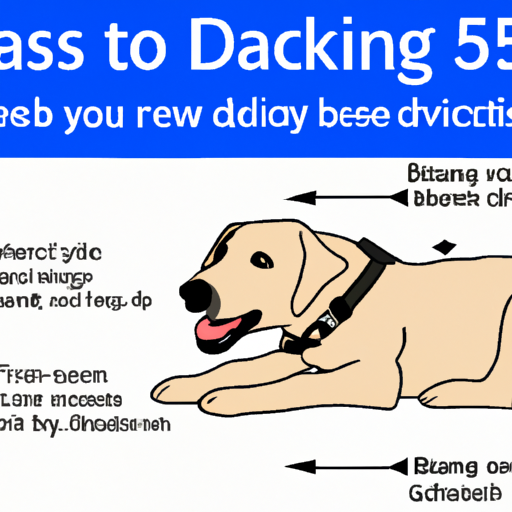Understanding Your Dog’s Normal Breathing Rate
First, you need to understand what constitutes a “normal” breathing rate for dogs. The typical rate falls between 15 to 30 breaths per minute when resting. However, this count can significantly increase when your dog is excited or after exercising.
It’s a good idea to get familiar with your dog’s normal breathing patterns. Pay close attention to the following:
- Resting respiratory rate (RRR): This is the number of breaths your dog takes per minute while at rest. You can count this by watching their chest rise and fall.
- Panting rate: Dogs pant to cool down. Panting rates can be much higher than the RRR, often reaching 300-400 breaths per minute.
Keep in mind that these are averages. Your dog’s normal rate may vary depending on factors like age, breed, and health status.
Factors Affecting Your Dog’s Breathing Rate
Many factors can affect how fast your furry friend breathes. These include:
- Age: Puppies tend to breathe faster than older dogs.
- Weight: Overweight dogs may have faster breathing rates.
- Health conditions: Diseases like heart and lung conditions can affect your dog’s breathing.
| Age | Weight | Health Conditions |
|---|---|---|
| Puppies breathe faster | Overweight dogs breathe faster | Diseases can affect breathing |
What To Do If You Notice Changes
Being the dedicated caregiver that you are, spotting sudden changes in your dog’s breathing pattern can be alarming.
- Steady increase in RRR: If you notice a consistent increase in your dog’s RRR, it could be a sign of a health issue.
- Excessive panting: While panting is normal, excessive panting could indicate heatstroke, poisoning, or other serious conditions.
- Difficulty breathing: If your dog is struggling to breathe, seek veterinary care immediately.
When To Seek Veterinary Care
As a rule of thumb, any noticeable and persistent change in your dog’s breathing pattern warrants a visit to the vet. This is especially true if the changes are accompanied by other symptoms like loss of appetite, lethargy, or coughing.
How To Monitor Your Dog’s Breathing Rate At Home
You can monitor your dog’s breathing rate at home using the following steps:
- Make sure your dog is at rest.
- Watch their chest rise and fall. Each rise and fall counts as one breath.
- Count how many times their chest rises and falls in one minute.
Remember, the goal here is not to diagnose your dog, but to provide your vet with valuable information.
FAQ
Q: What’s a normal breathing rate for dogs?
A: The average is 15-30 breaths per minute at rest, but it can increase when the dog is excited or after exercise.
Q: Why is my dog panting excessively?
A: While panting is normal, excessive panting could be a sign of heatstroke, poisoning, or other serious conditions.
Q: How can I monitor my dog’s breathing rate at home?
A: Watch your resting dog’s chest rise and fall. Each rise and fall is one breath. Count how many breaths they take in one minute.
Q: When should I seek veterinary care?
A: Any noticeable and persistent change in your dog’s breathing pattern, accompanied by other symptoms like loss of appetite, lethargy, or coughing, warrants a visit to the vet.



